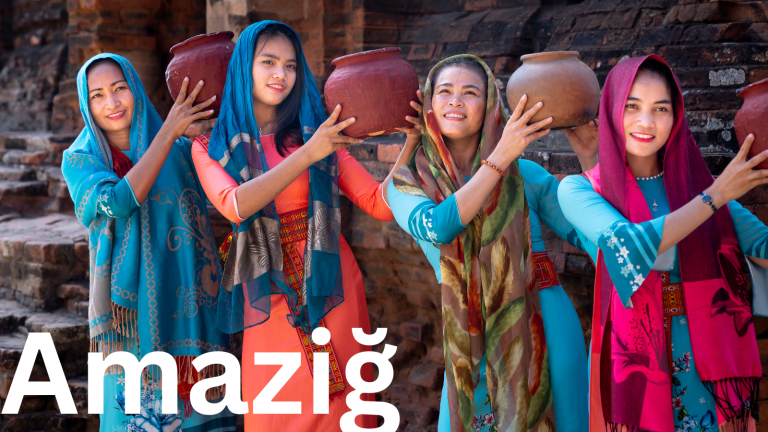Introduction to the Amazigh People
The Amazigh, commonly known as the Berber people, are the indigenous inhabitants of North Africa. The term “Amazigh” translates to “free people” or “noble men,” encapsulating their deep-rooted sense of autonomy and identity. Spanning across countries such as Morocco, Algeria, Tunisia, Libya, Mali, and Niger, the Amazigh population boasts a rich history and cultural heritage that has endured for millennia.
Historical Background
The origins of the Amazigh people trace back thousands of years, with evidence suggesting their presence in North Africa since prehistoric times. Throughout history, they have witnessed the rise and fall of various civilizations, from ancient empires to colonial powers. Despite facing periods of subjugation and marginalization, the Amazigh have persevered, maintaining their distinct identity and cultural practices.
Language and Culture
Central to Amazigh identity is their language, Tamazight, which encompasses various dialects and is part of the broader Afro-Asiatic language family. Alongside language, Amazigh culture is characterized by vibrant traditions, including colorful festivals, intricate handicrafts, and rhythmic music. These cultural expressions serve as a testament to the resilience and creativity of the Amazigh people.
Contributions to North African Society
The Amazigh people have played a pivotal role in shaping the socio-cultural landscape of North Africa. Through their agricultural expertise, trade networks, and artistic innovations, they have contributed to the region’s prosperity and diversity. Additionally, Amazigh leaders have wielded significant political influence, advocating for the rights and recognition of their communities.
Challenges Faced by the Amazigh People
Despite their enduring presence, the Amazigh people continue to face various challenges, including linguistic marginalization, socio-economic disparities, and limited political representation. Discriminatory policies and lack of resources often hinder their ability to preserve and promote their language and heritage, posing threats to their cultural survival.
Revival and Recognition
In recent years, there has been a growing movement to revive and celebrate Amazigh culture and identity. Efforts to preserve the Tamazight language, coupled with increased international recognition of the Amazigh people, have sparked a sense of pride and solidarity within their communities. This cultural resurgence not only fosters a renewed sense of belonging but also highlights the importance of cultural diversity and indigenous rights on a global scale.
Conclusion
The Amazigh people, with their rich history and cultural heritage, stand as a testament to the enduring spirit of resilience and perseverance. Despite facing numerous challenges, they continue to assert their identity and contribute to the vibrant tapestry of North African society. By embracing their heritage and advocating for their rights, the Amazigh people exemplify the power of cultural preservation and collective empowerment.
FAQs
- What does “Amazigh” mean?
- “Amazigh” translates to “free people” or “noble men” and refers to the indigenous Berber people of North Africa.
- Where are the Amazigh people located?
- The Amazigh people are primarily located in countries such as Morocco, Algeria, Tunisia, Libya, Mali, and Niger.
- How many languages are part of the Tamazight group?
- The Tamazight group comprises several languages and dialects, collectively known as Tamazight.
- What are some examples of Amazigh cultural practices?
- Examples of Amazigh cultural practices include traditional festivals, handicrafts, and music.
- What are some challenges the Amazigh people face today?
- Challenges faced by the Amazigh people include linguistic marginalization, socio-economic disparities, and limited political representation.



